Rail Transfer Cart Track Installation Requirements & Features
In the field of industrial automation, rail transfer carts have become the key equipment connecting various production processes due to their efficient and stable material transport capability. As a transport tool relying on rail operation, the installation quality of the rail directly affects the performance of the equipment, and the characteristics of its rail operation also give unique application advantages.
15 Ton Rail Transfer Cart Video
Rail Transfer Cart Technical Requirements of Track Installation
Pre-Laying
- Environmental Suitability Design
The layout of the track needs to be combined with the spatial structure of the workshop, the route of material transport, and the frequency of the equipment operation for planning. Through CAD and other graphic design software, the track direction should be calculated accurately: the straight line section should ensure good levelness, and the radius of the curve should be determined according to the axle distance of rail guided vehicle and the running speed, so as to avoid the running jams due to the rapid steering. The service length calculation needs to reserve a certain amount of redundancy to prevent the track from being insufficient due to production expansion.
- Matching Material Performance
The track material is preferred over lifting steel rail, applicable to heavy-duty scenarios; nickel-plated rails can be used in humid environments to prevent galvanic corrosion. Matching fasteners need to adopt hot-dip galvanised bolts to ensure the connection stability under a long-term vibration environment.
In Laying
- Foundation Engineering Specification
The track foundation needs to be poured with concrete, the thickness of the bedding layer meets the standard, and the compressive strength meets the design requirements. During the construction, it is necessary to avoid the penetration of underground water, and the moisture content of the foundation is controlled in a reasonable range by burying a moisture-proof layer, so as to prevent the rails from rusting and adhering to the mat.
- 2. Fixing Process Requirements
Rail and foundation through the pressure plate fastener connection, before welding need to calibrate the height of the rail surface with a level to ensure that the height of the adjacent rail section is the same. Adopt carbon dioxide gas shielded welding, the weld needs to be tested by magnetic particle flaw detection to ensure that there is no crack, slag, and other defects, to ensure the strength of the weld.
After Laying
- Dynamic Load Test
When running on an empty load, test the noise of rail transfer trolley running and the stability of running speed; after loading to a certain multiple of the rated load, leave it for a period of time to measure the amount of track settlement and the overall displacement to ensure that it meets the safety standards.
- 2. Deformation Monitoring Mechanism
Regularly check the rail joint gap, control in a reasonable range under a normal temperature environment, and temperature differences need to be reserved for thermal expansion and contraction compensation. When it is found that the track gauge deviation or horizontal curvature exceeds the standard, it is necessary to adjust the position of the rail sleeper and re-tighten the fasteners immediately.
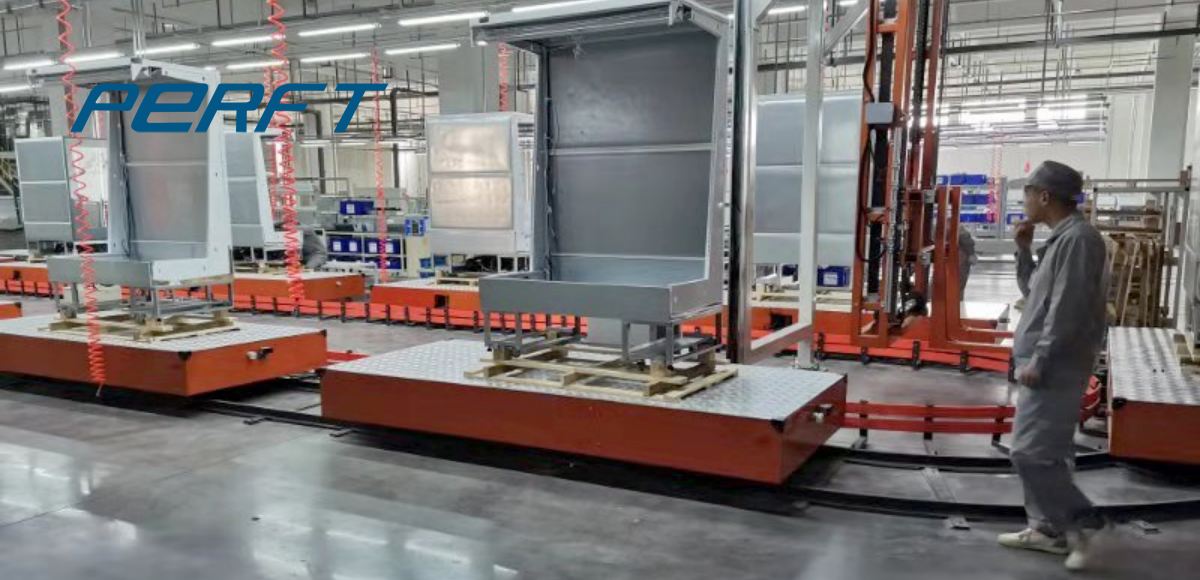
Advantages of Rail Transfer Trolley
- Highly automated system integration capability
In the automated stamping production line, rail guided vehicle, as the core node of material transmission, can seamlessly connect three major sub-systems:
Front-end depalletising system: locating the stamped Front-end depalletising system positioning the stamped sheet through visual recognition technology, together with a servo motor-driven gripper device to achieve high-speed gripping and accurate positioning.
Middle transfer system: interacting with roller conveyor and elevator, updating the material position information in real time to ensure accurate docking.
Tail unloading system: integrating intelligent sorting algorithms, automatically transporting the finished products to the corresponding buffer zones according to the information of the work order to improve the processing efficiency.
This modular design makes rail guided vehicle an “industrial blood vessel” connecting presses, robots, and storage systems, and builds a logistics network with full process automation.
- High-efficiency and low-consumption operation performance
Unmanned operation mode
Equipped with a PLC control system and a laser navigation device, rail guided vehicle can achieve continuous operation without human intervention. Compared with traditional manual forklift trucks, it can reduce the number of operators and lower labour costs.
High speed and stable transmission
Fast running speed and reasonable acceleration ensure smooth starting and stopping under heavy load. Adopting frequency conversion speed control technology, low energy consumption, with an energy recovery device, can enhance the range.
- Excellent safety and reliability
Multiple protection mechanisms
Ultrasonic sensors are installed at the front of rail guided vehicle, which can perform emergency braking when encountering obstacles; the body is equipped with anti-collision buffer rubber strips, which reduce the impact of collision. Infrared grating guardrails are installed on both sides of the track to form a safety monitoring area.
Industrial-grade durability
Adopts an all-steel body with a specially treated surface for strong corrosion resistance. Long design life of key components and a reasonable maintenance cycle.
- Flexible and adjustable task adaptability
Through the human-machine interface, task parameters such as transport routes, load parameters, and operating hours can be quickly set. It supports a multi-vehicle cooperative scheduling system and real-time assignment of tasks through the warehouse management system to achieve dynamic distribution of materials. For loading and unloading platforms of different heights, hydraulic lifting devices can be configured to adapt to a certain range of ground slope changes.
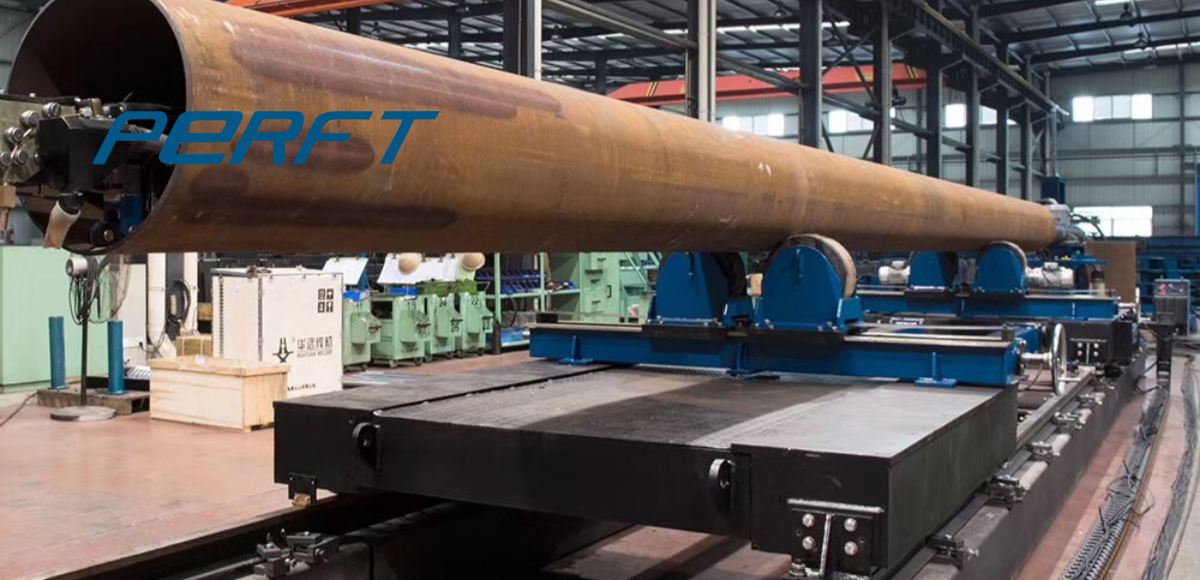
Typical applications of Rail Guided Vehicle
In the stamping workshop of a new energy vehicle OEM, the transport system composed of multiple RGV has shown remarkable performance.
Production beat improvement: the cycle time from raw materials to finished products is shortened, and the annual production capacity of a single production line is increased.
Quality stability: The track installation is highly accurate, and the breakage rate of the transported materials is reduced, which meets the requirements of high-precision transport of automotive coverings.
Intelligent upgrading: the data interoperability with the production execution system enables automatic forecasting of material demand and intelligent scheduling of transport tasks, and the inventory turnover rate is increased.
The track installation of rail guided vehicles is a systematic project integrating multiple disciplines, the core of which lies in building a safe and reliable operation foundation through accurate design, standardised construction, and strict testing. The automation integration, high efficiency and low consumption, safety, and flexibility of the equipment itself make it the standard equipment of modern industrial automation production lines.
Back to List
-
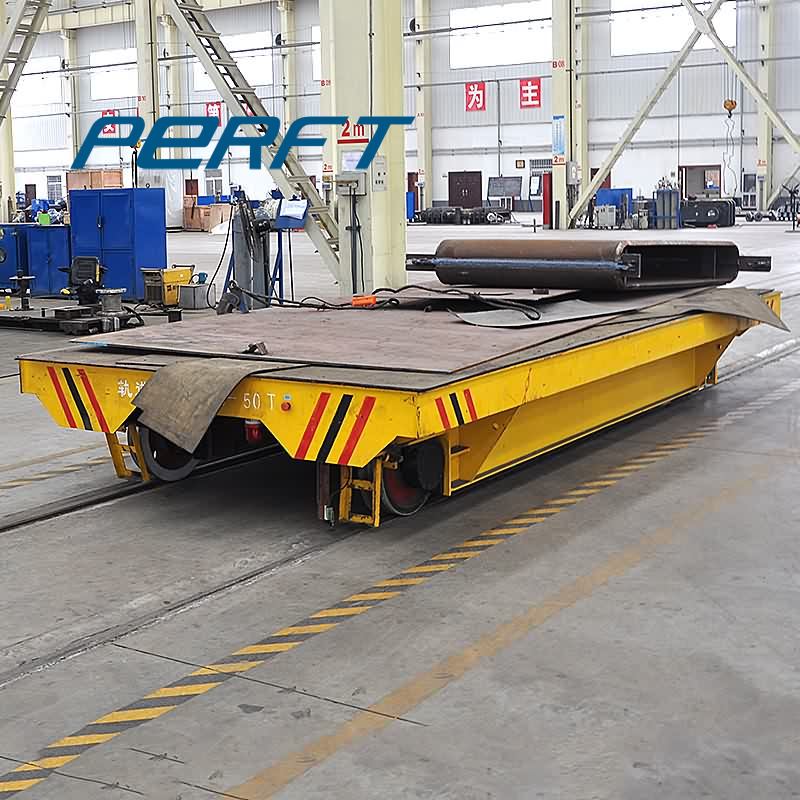 下午5:00Precision Docking for Rail Transfer Carts Smart Handling
下午5:00Precision Docking for Rail Transfer Carts Smart Handling -
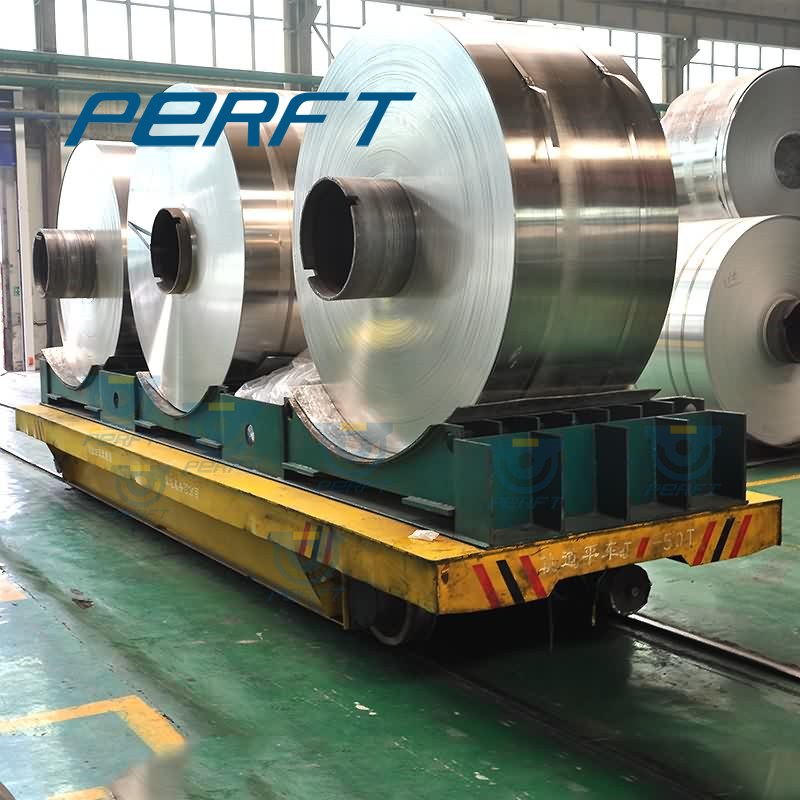 上午9:33C-Hooks and Coil Transfer Carts
上午9:33C-Hooks and Coil Transfer Carts -
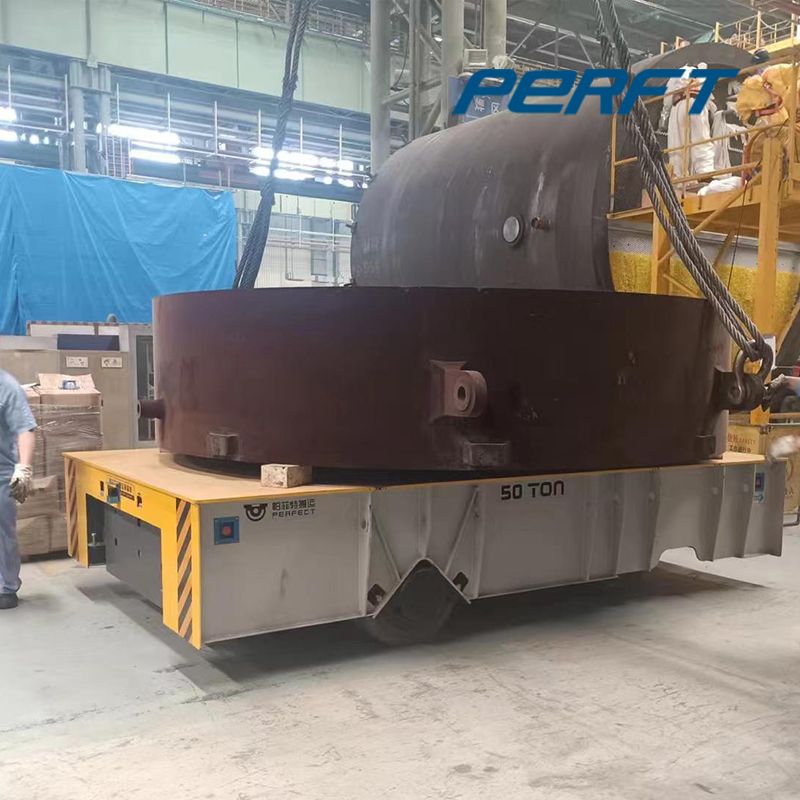 下午6:23Transfer Carts vs. Forklifts: Which is the Better Handling Equipment for You?
下午6:23Transfer Carts vs. Forklifts: Which is the Better Handling Equipment for You? -
 上午10:37Rail Transfer Cart Track Installation Requirements & Features
上午10:37Rail Transfer Cart Track Installation Requirements & Features -
上午9:41Electric Rail Transfer Carts: Types, Load Capacity & Selection Guide

